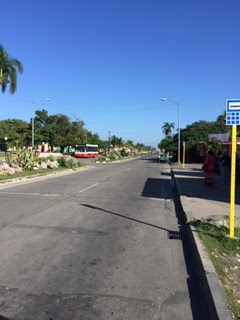
What is so striking as you first visit and travel in Cuba is the lack of cars on the streets and roads of the country. Whether it be on the highway connecting the major cities of the county, or on the streets of Havana.
There are eleven million people in Cuba and only 600,000 cars.
In the United States there are 2.28 cars per household.
In Cuba there are .25 cars per household.
Or, to say it another way, there is one car for every four households in Cuba. In the United States every four households have more than 9 cars.
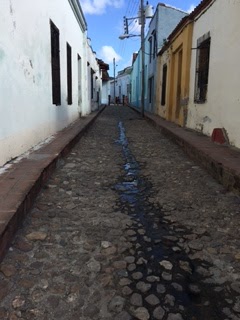
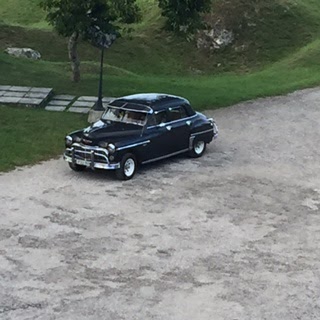
The reasons for this? The cost of a car.
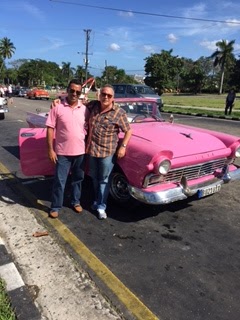
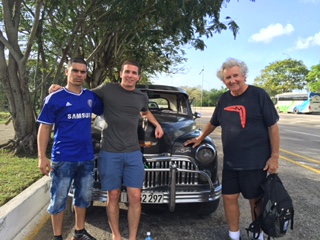
A new car that would go for $55,000 in the USA, will require almost a one million dollars in Cuba. A fifty year old American car which is in serious need of repair would require $35,000. The same car in the United States would go for less than $1,000.
The prices are insane.
In addition, the government does not allow the banks to loan money. So, you have to buy the car with cash on hand.
Remember that the average salary in Cuba is around $30 per month.
Needless to say, even if someone had the money in Cuba, why would they want to spend it on a car when they have so many other needs?
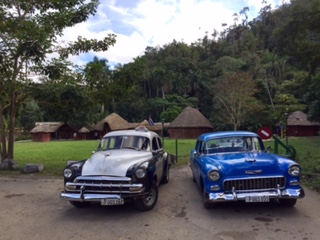
But even more interesting are the implications of this.
The major impact of less cars that I have noticed is the difficulty of people getting around. Whether it be on the main highway going from one city to another. Or whether within the metropolitan area of Havana, and the daily challenges that people have to get to and from work. They have to rely on buses and collectives, and individual cars that will pick people up. There are not enough of these public transportation options to provide the frequency needed to make traveling easy in Cuba.
Another impact of so few cars is the lack of congestion on the streets. This leads to a subsequent lack of helter skelter, crazy, rush hour, horn blowing, people getting tense and irritated, and road rage.
The pace is slower, more relaxed. There is room to breathe and take a deep breath.





